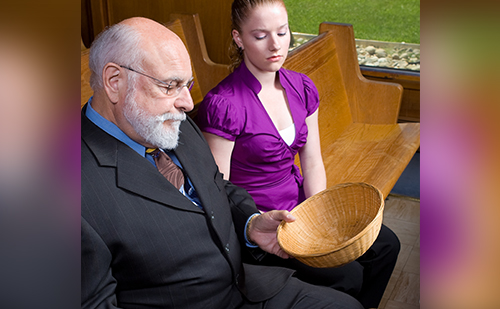The other day I said something online about writing a check and I received guffaws from some of my colleagues. I didn’t understand the intensity of their response to my comment, so I investigated why they responded so negatively to my comment about writing a check. Here’s what I found. U.S. consumers and businesses wrote 28 billion checks in 2009, a figure that’s been dropping about 1.8 billion a year. At that pace, according to the Philadelphia Fed study, paper checks will take until 2026 to go away entirely. This shift can be traced to banks not transferring actual money anymore, ecommerce, and electronic wallets such as paypal, Zipmark, Dwolla and Square. According to a report released in May by the UK Payments Council(now known as Payments UK). “The current forecast is that this figure will drop below 50% next year (2016), but there is no prediction for cash to disappear,” the report reads.

Here’s a sign of how far we come: Amazon, when it launched, let customers leery of using their credit cards pay by check. It discontinued that option in 2008.
And it turns out, paper money, like checks, is on its way out especially when it comes to larger purchases. Today, the average American still chooses to use cash for purchases of less than $25. However, as the cost of a purchase rises, the more likely it is that they’ll turn to plastic or electronic giving. And the use of cash for purchases of $25 or over has been steadily falling, according to the Federal Reserve Bank of California (http://bit.ly/2H3TKX1)
Now, attend the average church in the U.S. and what happens? At offering time, usually a plate is passed in which congregants can place their tithe, consisting of checks and cash. What’s wrong with this picture? If you’re hoping your parishioners are going to write checks, you’re going to be disappointed. And if you expect them to give cash, good luck meeting your budget with the average American only uses cash for purchases of $25 or less! To make matters worse, the average declining church in the U.S. does not have money kiosks, much less prominently displayed.
In late 1980s the church where I was pastor started encouraging the use of credit cards. Many of my colleagues thought the practice encouraged reckless spending and would cause members to go deeply in debt. Ever heard of damned if you do; damned if you don’t.
This is just another example of how fast our world is changing and how slow churches are to respond. What is your church doing to address the demise of paper money and checks?
Here are a couple of options, but I must tell you there are many, many more options.
The Simple Church Kiosk script was created for a small church to be able to set up an easy to use Kiosk that can be used by members of all ages. All Simple Church Kiosk solutions are geared towards accomplishing more with a small volunteer staff in a growing church.
Push Pay is one of the best and offers a complete line of digital commerce for all size churches and needs.
Don’t fail to fall behind in the shift from paper money to digital especially if you are trying to reach people under the age of thirty-five. Of course, paper money may not ever be totally gone, but for now fewer people are using paper money and checks every year.


